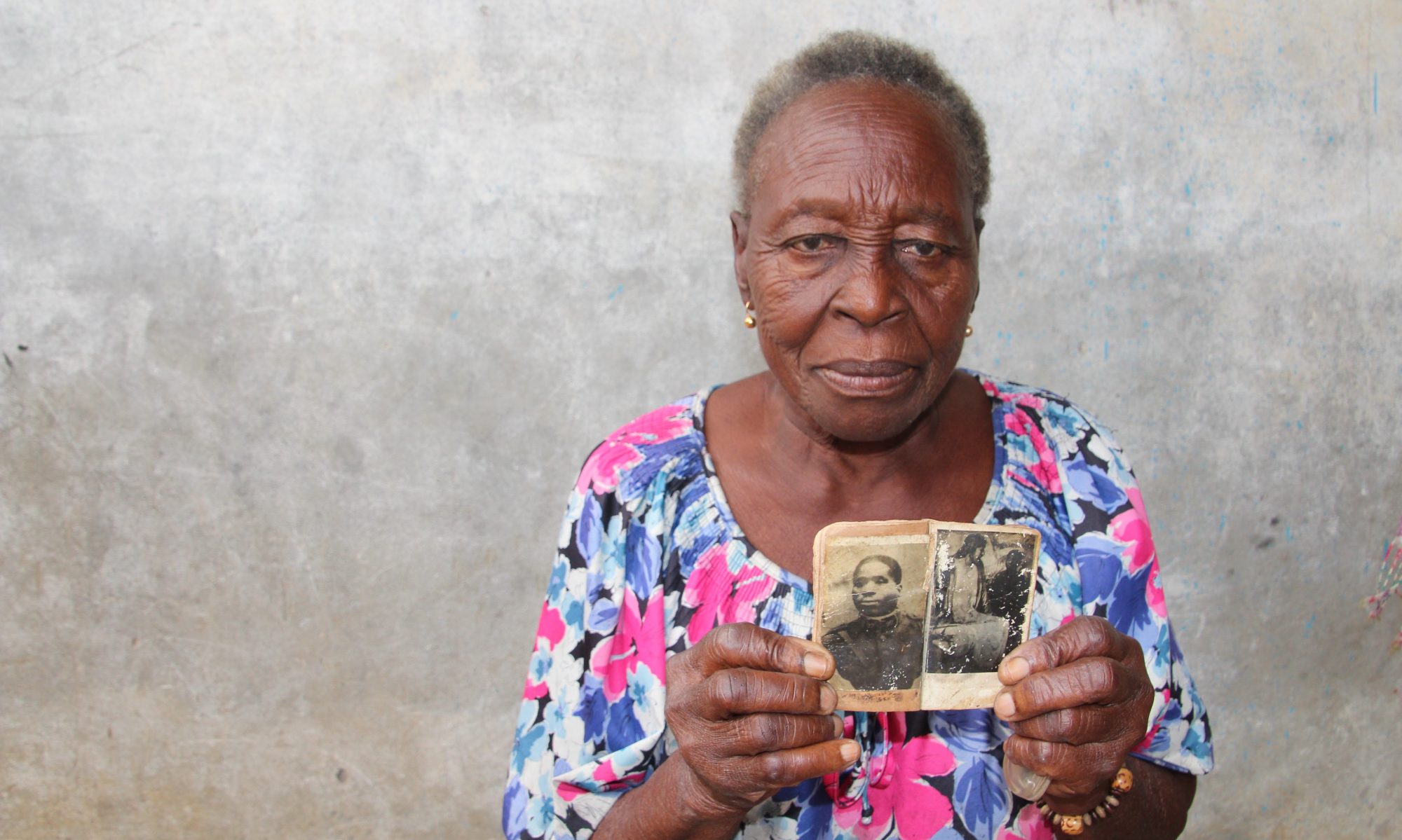Traditional Mola Textile: Crafting Identity and Stitching Worlds
San Blas Archipelago, Panama
Photo & Research: Maria Magdalena Antczak
The mola is a multi-layered colourful textile handmade by the Guna, indigenous peoples living mainly on the Caribbean islands of Panama. Mola art originated almost 200 years ago from geometric body painting, when Guna women learned the technique of reverse appliqué from missionaries and gained access to store-bought yard goods.
Today the hand-appliquéd art panels tell the tale of Guna women, their beliefs, and their worldview. Themes that are present in these fascinating fabric designs are an exuberant tropical paradise, their cultural cosmology, humour, with influences of the modern world. The ability to make an outstanding mola is a source of status among Guna women.
Today’s mola is still part of the traditional outfit of the Guna woman and an icon of her ethnic identity. The full female costume includes a patterned wrapped skirt, a red and yellow headscarf, arm and leg beads, a gold nose ring and earrings, in addition to a many-layered and finely-sewn blouse with two molagana (pl.), front and back. Each mola is unique, which is only one reason why these colourful textiles are very popular on the ethnic and art market.



